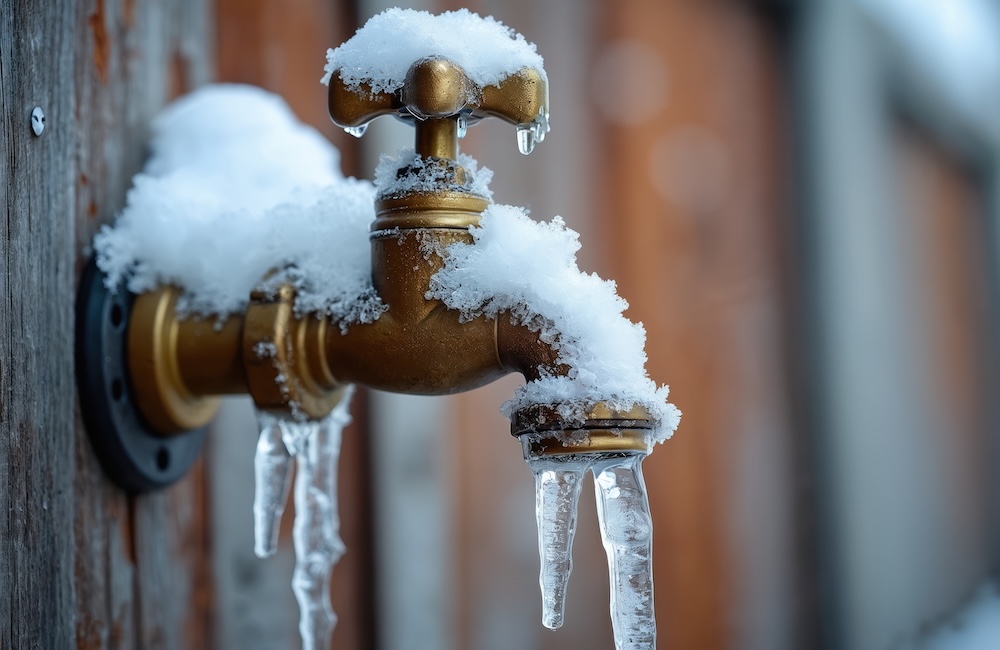Get Ready for Winter: Why Winterizing Matters
As a military family, you know that moving—a Permanent Change of Station (PCS)—happens fast. You buy a home, and suddenly, winter is around the corner. If you are new to a house, you need to prepare for the season. Winterizing your home is essential. It protects your investment from costly damage. It also saves you significant money on utility bills. Taking a few proactive steps now prevents frozen pipes and heat loss later. This is especially true if you do not know the house’s history. Here are ten ways to prepare your new home for winter.
Essential Winterizing Steps for Your New Home
1. Inspect Your Roof and Gutters
Look closely at your roof. Check for loose or missing shingles. Repair them immediately. Clean out all your gutters and downspouts. Clogged gutters trap water. This leads to ice dams and water damage. Ensure water drains away from the foundation.
2. Check for Drafts
Walk through every room. Hold a lit incense stick near windows and doors. Look for smoke movement. This reveals drafts. Apply weather stripping or caulk to seal any leaks. Use plastic film kits on very drafty windows.
3. Service Your Furnace
Schedule a professional furnace tune-up. A technician will check for efficiency and safety. They can also spot problems before a breakdown. A well-maintained furnace runs more efficiently.
4. Change Your Filters
Replace your furnace air filter monthly during heavy use. A clean filter improves airflow. This makes your system work less hard. It lowers your heating costs.
5. Protect Exposed Pipes
Insulate any exposed water pipes in unheated areas. This includes crawl spaces and the garage. Use foam pipe insulation sleeves. This is a critical step against freezing.
6. Drain Exterior Water Lines
Turn off the water supply to all outdoor spigots. Open the spigots to drain remaining water. Store hoses indoors. This prevents the spigot and pipe from freezing and bursting.
7. Reverse Ceiling Fans
Change the direction of your ceiling fans. Set them to run clockwise at a low speed. This pushes warm air trapped near the ceiling down into the room.
8. Insulate Your Attic
Check your attic insulation levels. Proper insulation is key to energy savings. Heat rises, and poor attic insulation means major heat loss. Add more if needed.
9. Check Your Fireplace and Chimney
Schedule a chimney cleaning and inspection. Clear creosote buildup. Ensure the damper closes tightly. A closed damper prevents heat from escaping up the chimney when the fireplace is not in use.
10. Check Smoke and Carbon Monoxide Detectors
Test all your alarms. Replace batteries. Winter means more indoor heat sources. This increases the risk of fire and carbon monoxide issues. Safety is paramount.
New Homeowner Focus: Unknown Variables
Moving into a new place means you do not know its quirks. You haven’t experienced a winter in the house. Pay special attention to basements and crawl spaces. These are common problem areas for freezing pipes. Check windows on the north side of the house. They often face the worst of the cold. Also, look for signs of previous water damage near the foundation. This indicates past issues you must address before the deep freeze sets in.
Prepare Now and Save
Winterizing your home is an investment in time. It prevents future emergencies. It drastically cuts down on your utility expenses. Take these ten steps now. Protect your family and your significant real estate investment before the first major cold snap hits. This ensures a warm, secure, and budget-friendly first winter in your new military home.

